How to use an anemometer to measure wind speed?
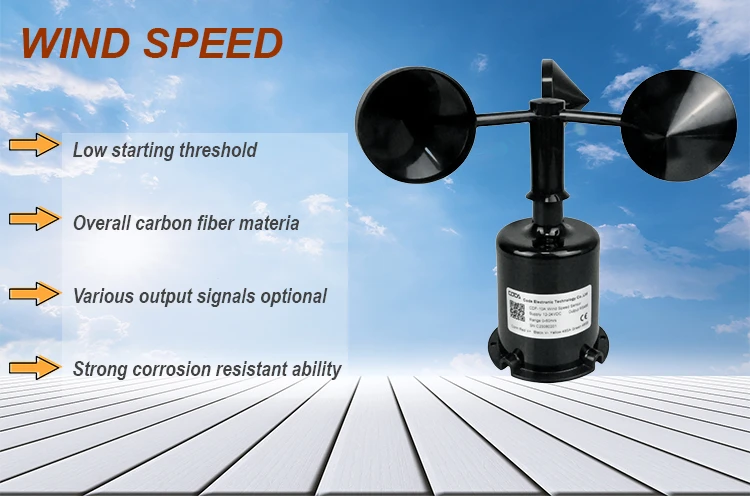
An anemometer is an instrument for gauging wind velocity. It often uses the wind cup model. People commonly find this model in weather stations.
How Weather Stations Measure Climate Parameters
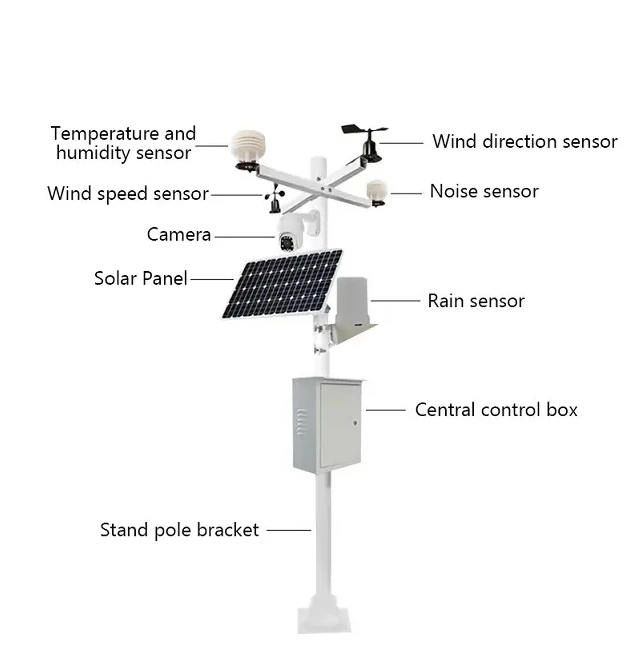
Are you searching for a tool to collect accurate weather data for site-specific predictions? People know this tool as a weather station.
What is a Water Quality pH Sensor?
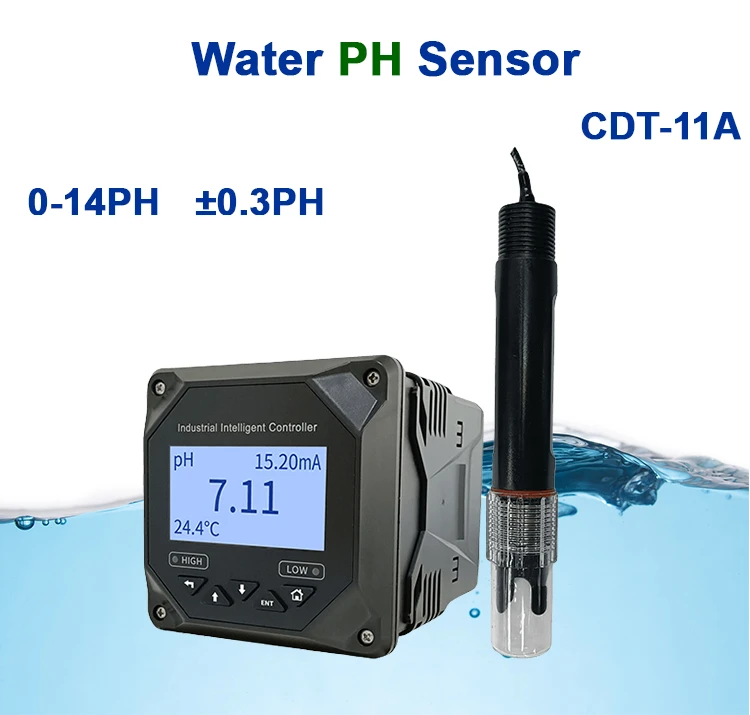
A water pH sensor is an essential tool for determining the acidic or basic nature of water.
How to define an Automated Weather Station

Automated Weather Stations (AWS) are advanced systems designed to collect weather data. They use high-tech sensors and equipment.
How Do water level detector sensor Work?
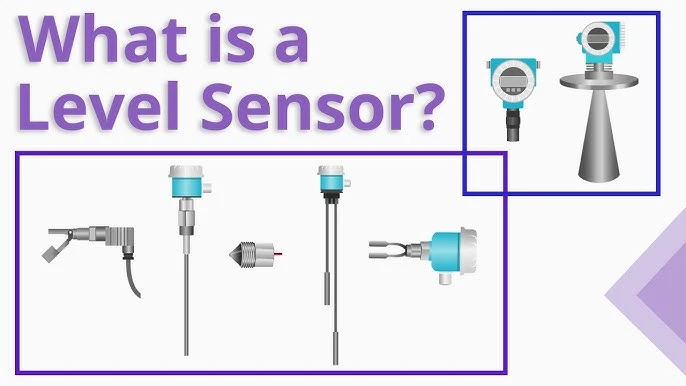
Water level sensors are devices designed to convert the real-time measurements of water levels into corresponding electrical signals.
The disadvantages of weather stations
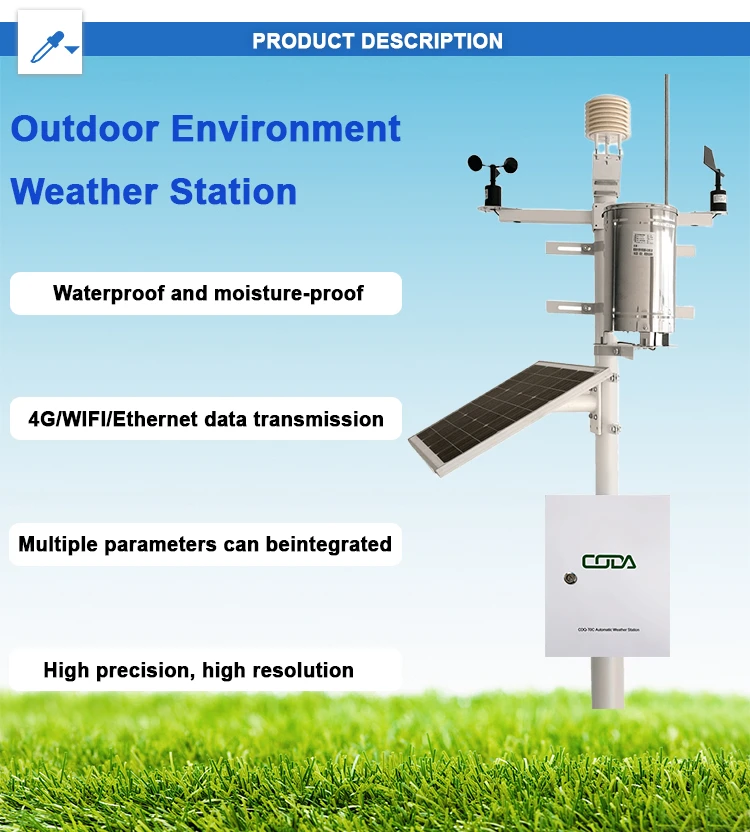
An automatic weather station is a kind of observational device created to independently collect and transmit weather-related information.
How does the PAR sensor work?

The main idea of a PAR sensor is photoelectric sensing. In this process, light exposure causes photons to interact with the sensor’s photodiode.
How a Pyranometer Operates and Its Uses
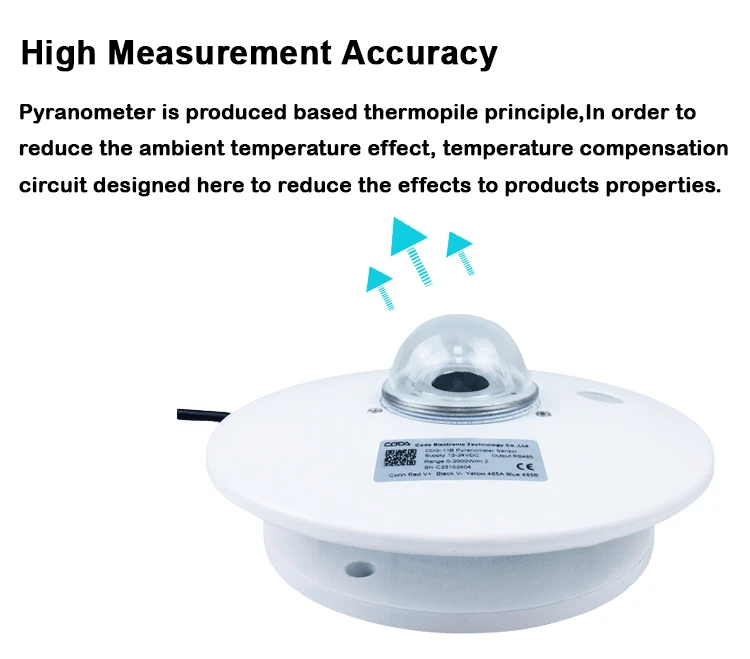
Derived from the Greek for “sunlight meter,” a pyranometer is a device specifically crafted to measure solar radiation intensity.
Solar Radiation Sensors: Types, Applications, and Benefits
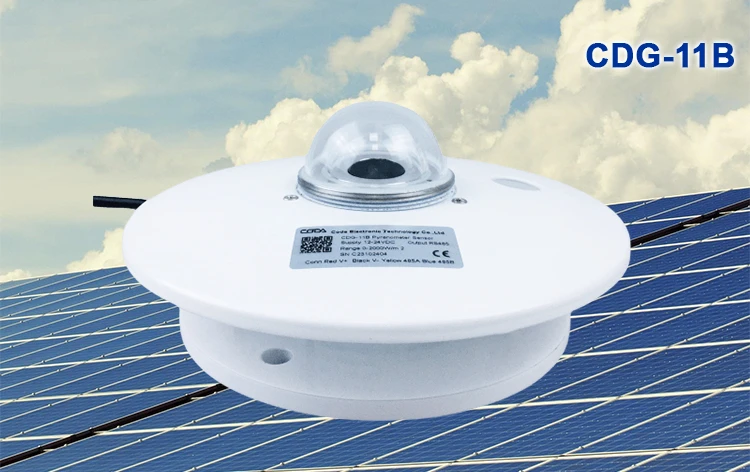
Solar radiation sensors are key instruments for measuring solar energy, available in several types with numerous applications.
8 Elements Weather Station

The study of meteorology is crucial for humanity’s exploration and comprehension of nature. With new science and technology, the 8-element weather station has become an important tool for weather monitoring.
